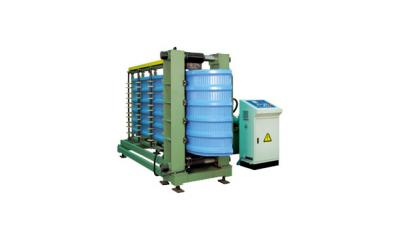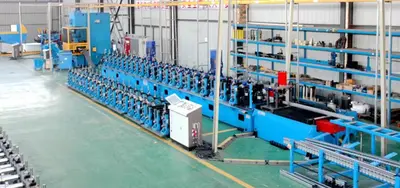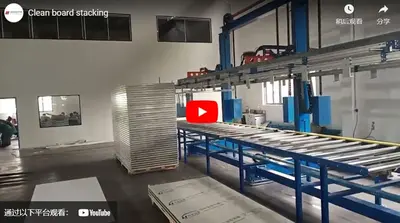Crafting Modern Structures with PU Sandwich Panel Line
In the world of modern construction and architecture, it is essential to keep up with the latest technologies and trends. One such innovation that has revolutionized the industry is the production of PU sandwich panels. With their exceptional insulation properties, durability, and versatility, these panels have quickly become a go-to choice for constructing modern structures.
PU sandwich panel line is a process that involves the manufacturing of panels comprising a rigid polyurethane foam core sandwiched between two layers of various materials such as steel, aluminum, or fiber cement. This technique allows for greater strength while maintaining a lightweight structure, making it ideal for both residential and commercial buildings.
Advantages of PU sandwich panel line
One of the key advantages of PU sandwich panel line is its exceptional insulation properties. The rigid polyurethane foam core acts as an insulation layer, effectively reducing heat transfer and minimizing energy consumption. As a result, buildings constructed using these panels require less energy for heating or cooling, leading to significant cost savings and environmental benefits.
Another remarkable feature of PU sandwich panel line is its durability. The combination of the foam core and the external layers contributes to a sturdy structure that can withstand various weather conditions, chemical exposure, and mechanical stress. This durability ensures a longer lifespan for the building, reducing maintenance and replacement costs.
Furthermore, PU sandwich panels offer great flexibility in design and construction. These panels can be customized to fit specific architectural requirements, allowing for endless possibilities. From residential complexes to industrial warehouses, PU sandwich panel line can create structures that are aesthetically pleasing while meeting functional needs.
The process of PU sandwich panel line
To fully understand the benefits of PU sandwich panel line, let's dive into the different aspects involved in the process. The production line begins with the preparation of the core material, which involves mixing polyol and isocyanate, forming the rigid polyurethane foam. This foam is precisely injected between two layers of the chosen external material. The sandwich panel is then pressed and heated to ensure proper adhesion and curing of the foam core.
Subsequently, the panels undergo quality control checks to ensure they meet the desired standards. This includes testing the insulation properties, mechanical strength, and fire resistance. Only after passing these rigorous tests are the panels ready for installation.
The application of PU sandwich panels in various construction projects has been gaining popularity worldwide. It is used extensively in industries such as cold storage facilities, prefab houses, logistics centers, and even in the automotive sector. The versatility and efficiency of PU sandwich panel line have made it an integral part of modern construction practices.
In conclusion, the advent of PU sandwich panel line has revolutionized the construction industry, enabling the creation of modern, energy-efficient structures. With superior insulation properties, durability, and flexibility in design, these panels have become the preferred choice for architects and builders alike. As technology continues to advance, the future of PU sandwich panel line looks promising, inspiring the creation of even more innovative and sustainable structures.


 CN
CN
 EN
EN
 fr
fr  de
de  es
es  it
it  ru
ru  pt
pt  ar
ar  th
th  pl
pl  ro
ro 







 Call us on:
Call us on:  Email Us:
Email Us:  #1809, Jianhu Rd, Keqiao, Shaoxing, Zhejiang, China
#1809, Jianhu Rd, Keqiao, Shaoxing, Zhejiang, China 